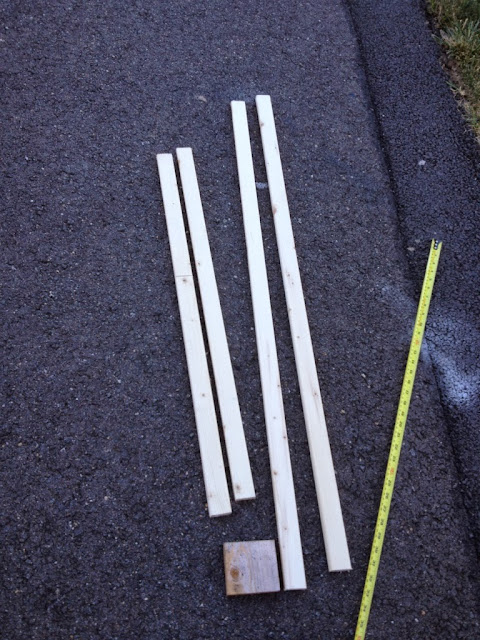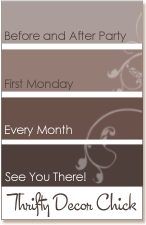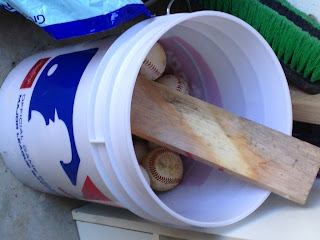When I read this post by the uber talented Kristin of Bliss at Home I wanted to try it. The project seemed doable for my skill level and I needed a large piece of artwork for one of my walls. This projects cost me about $8 because I mainly used materials I had on hand. Emily did a similar hack, as did Jesse.
First, here is the original piece from West Elm:
And here is my hack:
I started by scrounging in my basement for left over wood to make the frame. I found 2 long pieces of 2x1s and I cut both in half using my mitre box. The approximate size of the finished frame is 42"x35".
I couldn't find my wood glue so I just used screws and these small square blocks of wood to create the frame.
I had some white duck cloth (purchased a while ago from Walmart) left over from another project and it was just wide enough to fit the frame.

This got pulled and stapled around the frame, starting with the middle of one side and then doing the opposite side, then the 3rd side, etc. I pulled the fabric tight and ended up with staples around the whole frame about 1" apart.
I don't have any pictures of the painting part. I had some help with this (thank you Teresa!). I did have to buy a few supplies at the craft store (white and black acrylic craft paint and cheap 1" paint brushes) that brought the cost of this project to around $8.
Problem was I only bought 1 small bottle of black craft paint, around 2oz. With this huge canvas and the duck cloth really soaking up the paint, I didn't get all of the black lines I wanted. So I went into my paint stash and found one of those sample pots from HD of a medium blue.
The blue streaks joined the black streaks. We finished with white paint, filling in all the negative space and blending with the black and blue streaks. This was the step where this piece started looking like the original and like something that I would want to hang on my wall.
Here is some close up detail.
And here is the finished product in its new home.
---Adrienne





















